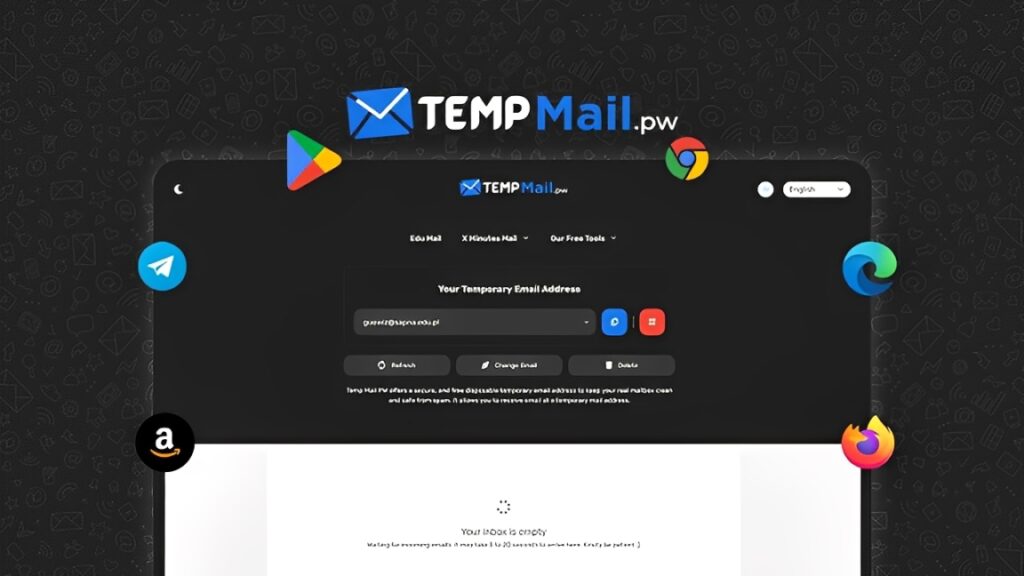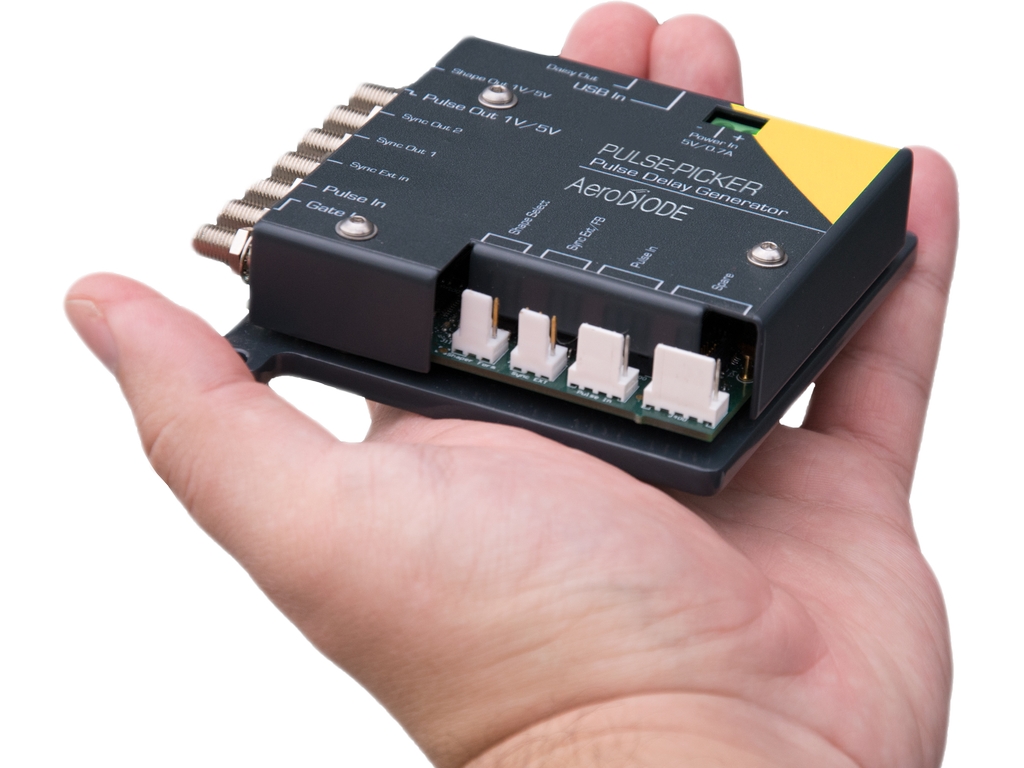In the world of SEO, ensuring that your website is easily discoverable and properly indexed by search engines is crucial. One of the key tools that can help in this process is the robots.txt file. This small text file can have a significant impact on how search engines interact with your website. In this article, we will explore how to use a robots.txt generator free of charge to optimize your website for SEO success robots txt generator free.
What is a Robots.txt File?
A robots.txt file is a simple text document placed in the root directory of your website. It provides instructions to search engine crawlers, also known as bots or spiders, on how to crawl and index the pages of your website. By using the robots.txt file, you can control the behavior of search engines, allowing you to:
- Prevent search engines from crawling certain pages (e.g., admin or thank-you pages).
- Allow search engines to crawl only certain parts of the website.
- Prevent search engines from overloading your server by limiting the frequency of their crawls.
- Specify the location of your XML sitemap for better crawling efficiency.
When correctly implemented, the robots.txt file can significantly improve your website’s SEO performance by directing search engines to the right content and avoiding unnecessary pages from being indexed.
Why Use a Robots.txt Generator Free?
Creating and managing a robots.txt file might seem complicated, especially for those who are not familiar with coding or SEO best practices. This is where a robots.txt generator free comes in. A free generator simplifies the process by providing a user-friendly interface that automatically creates the proper robots.txt file for your website. Here are some benefits of using a robots.txt generator free:
- Ease of Use: You don’t need any coding knowledge to create a robots.txt file. The generator provides step-by-step instructions to guide you.
- Accuracy: A free generator ensures that the syntax and rules of the robots.txt file are correct, preventing errors that could hinder search engine crawlers from properly indexing your site.
- Customizability: You can tailor your robots.txt file to meet your specific needs, whether you want to block certain pages or provide instructions for specific bots.
- Saves Time: Instead of manually writing the file, a robots.txt generator allows you to generate the file in seconds, making it a fast and efficient process.
How to Use a Robots.txt Generator Free: A Step-by-Step Guide
Now that you understand the importance of the robots.txt file and why using a robots.txt generator free is beneficial, let’s go through the steps to create one for your website.
Step 1: Choose a Robots.txt Generator Free
There are several free online tools available that allow you to generate a robots.txt file. Some popular options include:
- Google’s Robots.txt Tester: This tool is provided by Google to test your robots.txt file and ensure it is functioning correctly.
- Robots.txt Generator by Small SEO Tools: A simple and effective tool for creating robots.txt files.
- SEO Book Robots.txt Generator: This tool also allows you to easily create and customize your robots.txt file.
For this tutorial, we will focus on using a generic robots.txt generator free tool.
Step 2: Open the Robots.txt Generator
Once you have selected the free generator you wish to use, open the tool in your web browser. Most generators will have a user-friendly interface with easy-to-understand options. You will be presented with a few key options for customizing your robots.txt file.
Step 3: Select Which Pages to Allow or Disallow
One of the main functions of the robots.txt file is to control which pages search engines are allowed to crawl. Most generators will provide you with the option to specify which directories, pages, or sections of your site should be allowed or disallowed for crawling.
- Disallow: If you have certain pages that you don’t want search engines to crawl (e.g., login pages, admin areas, or duplicate content), you can specify these pages using the “Disallow” rule.
- Allow: If there are certain parts of your website that you want to make sure search engines crawl (for example, your blog or product pages), you can use the “Allow” rule to explicitly state that these pages should be crawled.
For instance, if you want to block all search engines from accessing your admin panel, you would input:
makefileCopyEditUser-agent: *
Disallow: /admin/
This tells all search engine bots to avoid crawling any pages under the /admin/ directory.
Step 4: Specify User Agents (Bots)
Search engines and bots are identified by user agents. In the robots.txt file, you can specify rules for different user agents individually. For example, you may want to block one search engine’s bot from accessing your site while allowing others.
- **User-agent: * **: This applies the rule to all search engine bots.
- User-agent: Googlebot: This applies the rule only to Google’s search engine bot.
If you want to block Googlebot from accessing a specific page, you would add:
makefileCopyEditUser-agent: Googlebot
Disallow: /private/
Step 5: Add Sitemap Location
Another important feature that a robots.txt file can include is the location of your XML sitemap. This helps search engine bots find and crawl your site more effectively robots txt generator free.
To add your sitemap, simply include the following line in your robots.txt file:
arduinoCopyEditSitemap: https://www.example.com/sitemap.xml
This line tells search engines where to find your XML sitemap, improving the crawling process and ensuring that all important pages on your site are indexed.
Step 6: Generate and Download the Robots.txt File
Once you’ve configured the settings to your liking, the robots.txt generator free will provide a button to generate the file. Click on the “Generate” or “Download” button, and the tool will create your robots.txt file. Download it to your computer.
Step 7: Upload the Robots.txt File to Your Website
To complete the process, you need to upload the robots.txt file to the root directory of your website. The root directory is the top-level folder of your website, typically located at:
arduinoCopyEdithttps://www.example.com/robots.txt
You can use an FTP client, cPanel file manager, or any other method provided by your hosting service to upload the file.
Testing Your Robots.txt File
After uploading your robots.txt file, it’s essential to test it to ensure that it’s working as expected. You can use tools like Google’s Robots.txt Tester to check if the file is correctly implemented and whether search engines are following your instructions.
Common Robots.txt File Mistakes to Avoid
While using a robots.txt generator free simplifies the process, there are a few common mistakes you should be aware of:
- Blocking Important Pages: Be cautious about blocking pages that you want search engines to index, such as your homepage or product pages.
- Incorrect Syntax: Ensure that the syntax of your robots.txt file is correct. Even small mistakes can prevent search engines from indexing your site properly.
- Over-blocking: Don’t block search engines from crawling too many pages, as this could negatively affect your site’s visibility.
Conclusion
A well-configured robots.txt file can be a powerful tool in your SEO arsenal, helping to control which pages search engines can crawl and index. By using a robots txt generator free, you can create this file easily and efficiently without any technical knowledge. Follow the step-by-step process outlined above, and make sure to regularly test and update your robots.txt file to ensure optimal SEO performance for your website.




